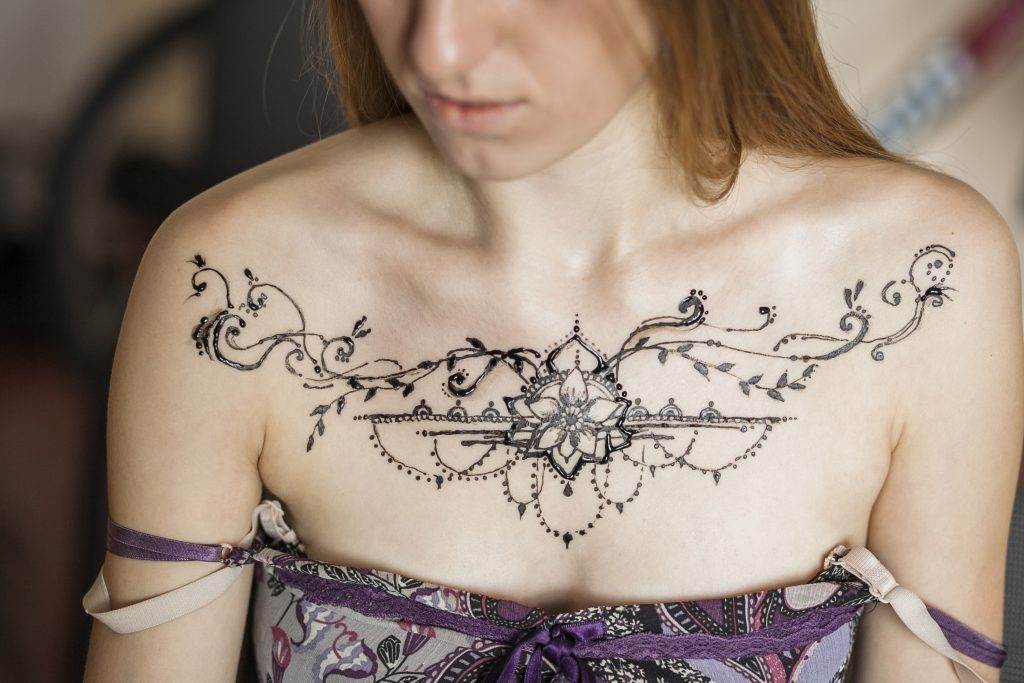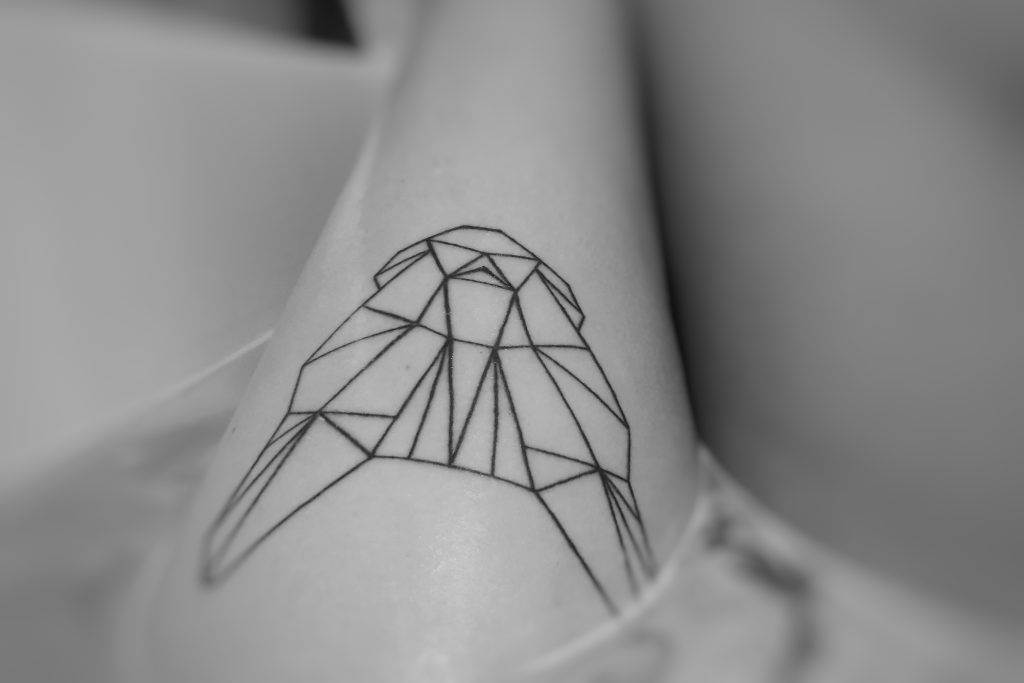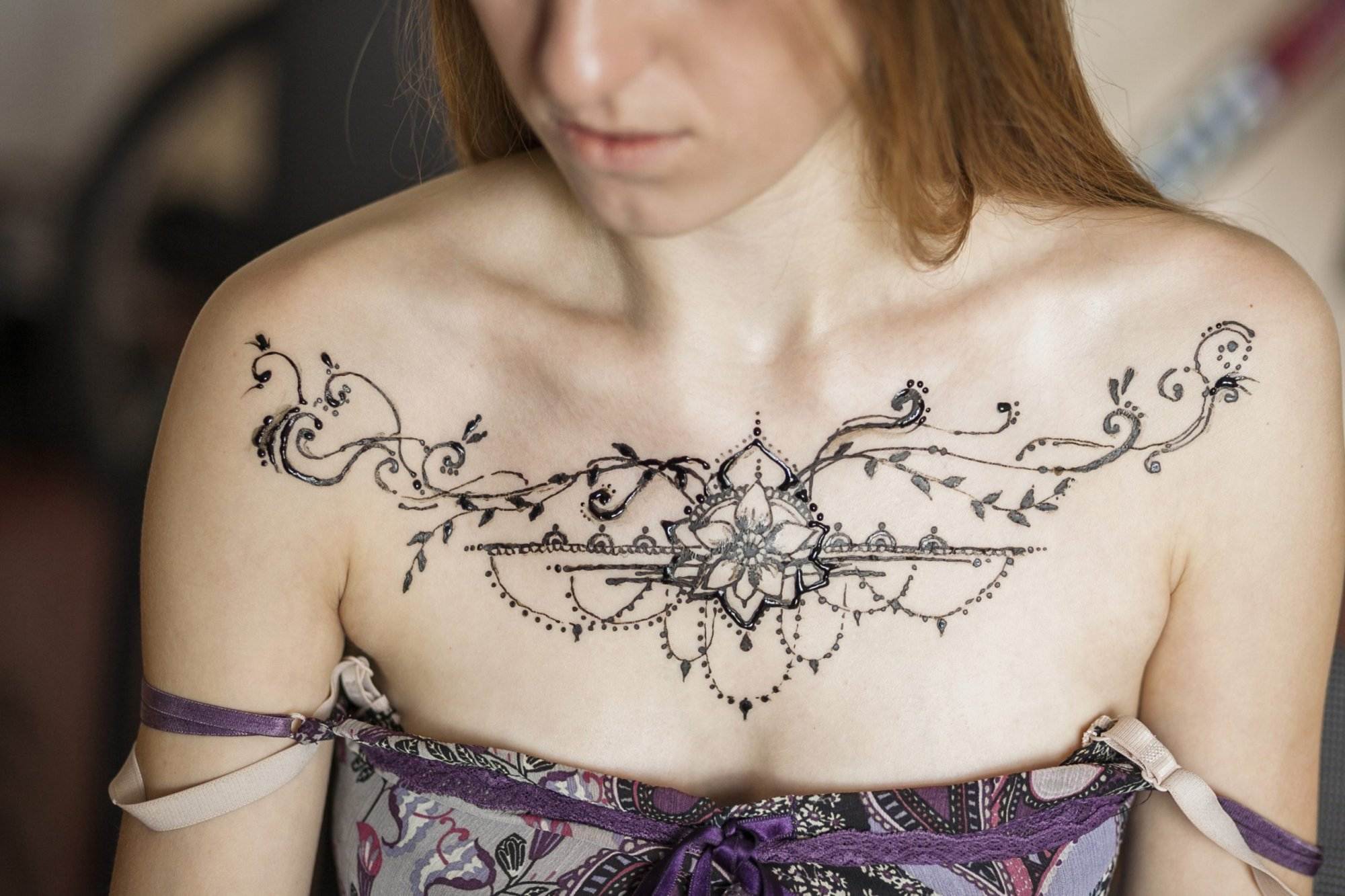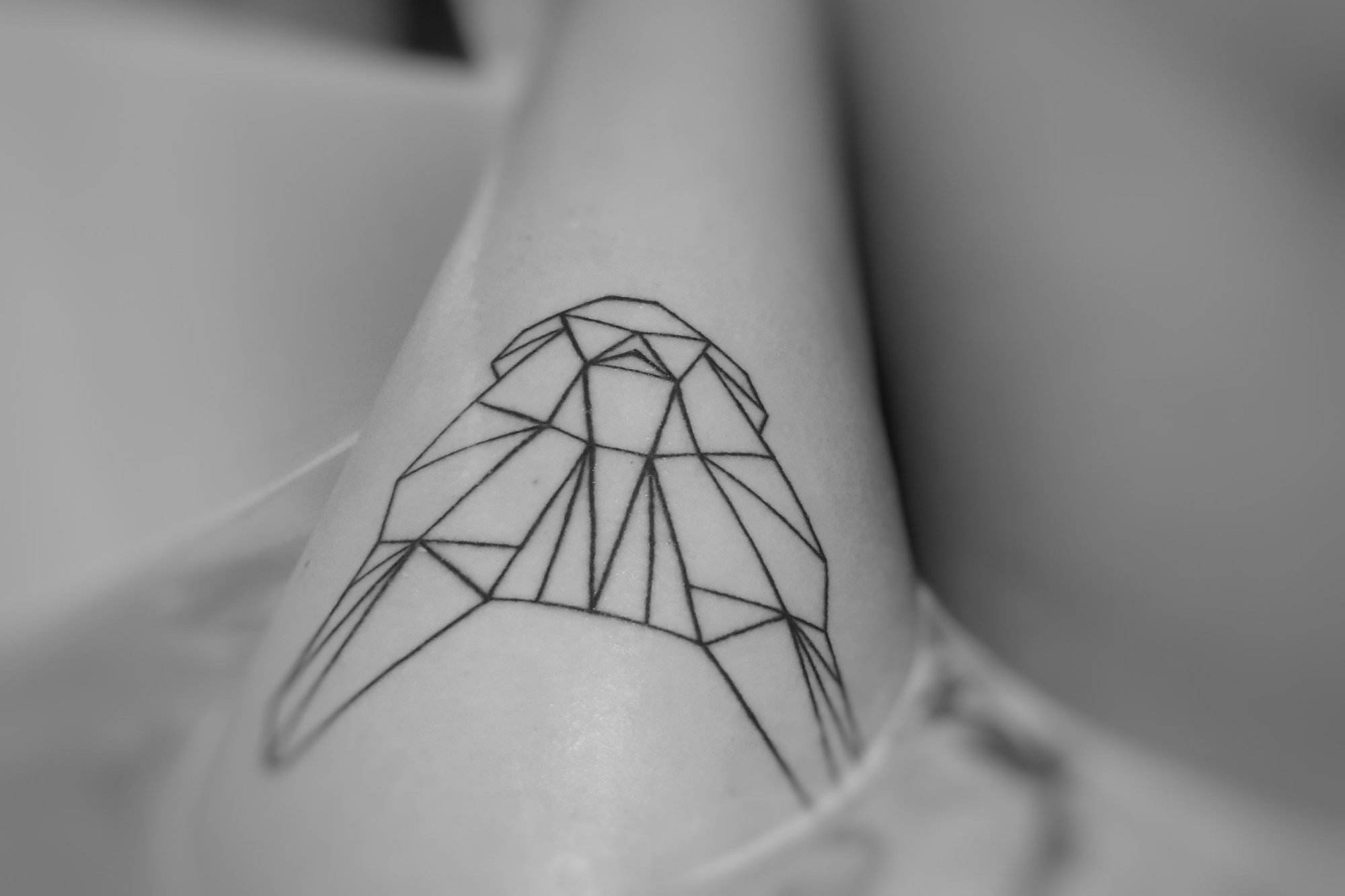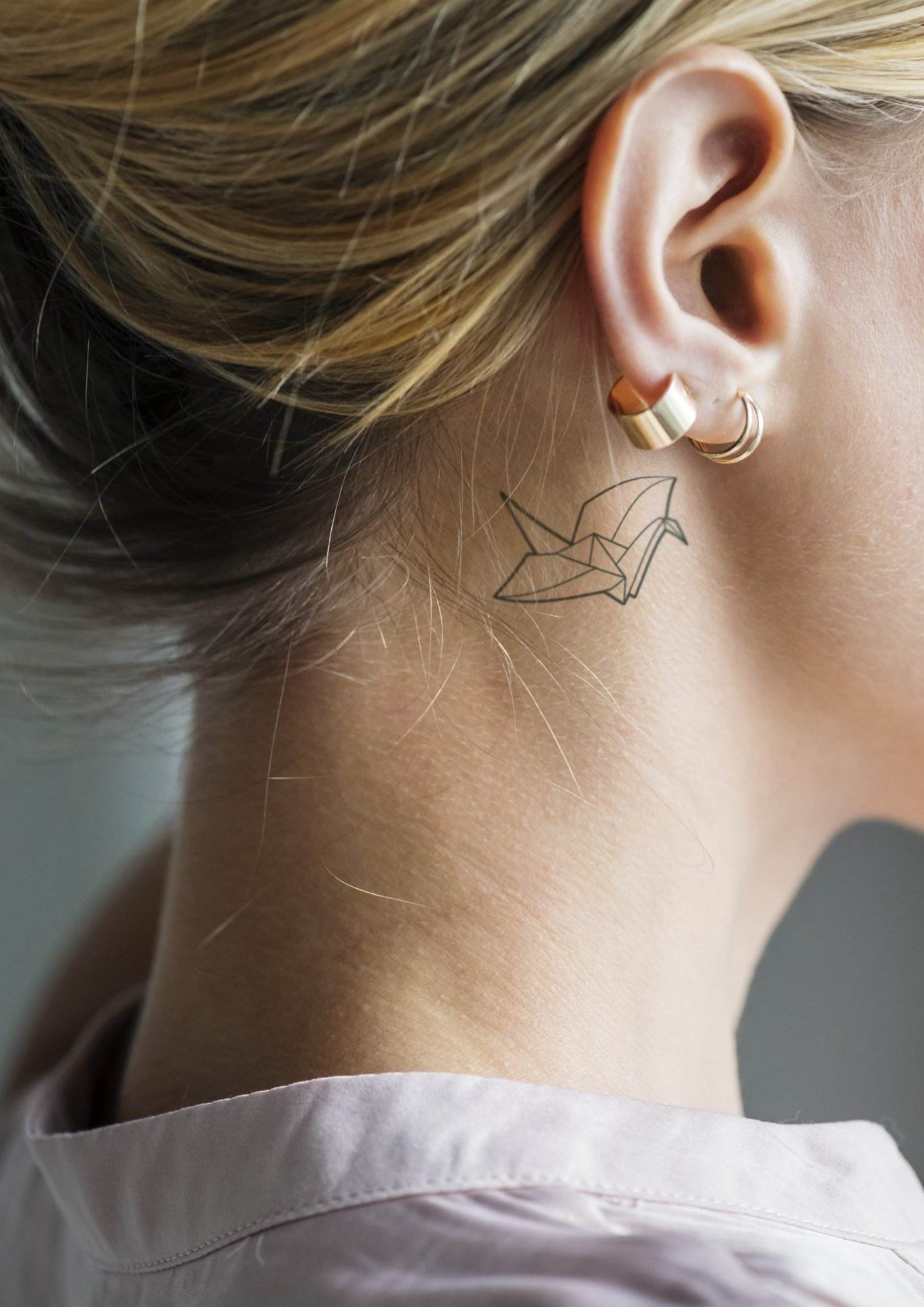Key Takeaways
- The aging process can impact the appearance of tattoos, causing fading and blurring over time.
- Skin elasticity plays a role in how tattoos transform as you age, with looser skin leading to distortion of the original design.
- Lifestyle factors such as sun exposure and weight fluctuations can influence the longevity of tattoos.
- The placement of a tattoo on the body can affect how it ages, with areas prone to more movement or friction experiencing faster changes.
- Proper maintenance and care can help preserve aging tattoos, but acceptance of their evolution is also important.
The Aging Process and Its Impact on Tattoos
As we grow older, our skin undergoes a natural transformation, and this process inevitably affects the appearance of our tattoos. The aging of the skin, marked by a gradual loss of elasticity and the accumulation of fine lines and wrinkles, can significantly alter the way our ink-adorned designs look over time. This natural progression is a testament to the dynamic nature of our bodies and the indelible mark that time leaves on our physical selves.
The factors that contribute to the gradual transformation of tattoos are multifaceted. From the natural breakdown of the ink particles within the skin to the changes in skin texture and tone, the aging process can lead to a noticeable fading, blurring, and distortion of once-vibrant tattoos. Understanding these underlying mechanisms is crucial in appreciating the unique journey that our tattoos embark on as we grow older.
As we delve deeper into the intricacies of this process, it becomes clear that the aging of tattoos is not merely a cosmetic concern, but a reflection of the profound connection between our skin and the indelible marks we choose to adorn it with. The evolution of our tattoos, much like the evolution of our own bodies, is a testament to the resilience and adaptability of the human form.
Fading and Blurring: The Natural Progression of Ink
One of the most apparent changes that occur to tattoos as they age is the gradual fading and blurring of the ink. This phenomenon is primarily driven by the natural breakdown and dispersal of the pigment particles within the skin over time. As our bodies age, the immune system’s response to the foreign ink particles becomes less effective, leading to a gradual breakdown and migration of the pigments.
The timeline of these changes can vary significantly, depending on factors such as the individual’s skin type, the quality and placement of the tattoo, and the artist’s technique. In general, however, most tattoos will begin to show signs of fading within the first few years after being inked. This initial fading is often subtle, with the colors becoming slightly less vibrant and the lines appearing slightly softer.
As the years pass, the fading and blurring of the tattoo become more pronounced. The once-sharp lines may become blurred, and the colors may appear muted or even patchy. This transformation is a natural consequence of the skin’s aging process, as the underlying structures that support the tattoo pigments gradually break down and the ink particles become more dispersed within the skin.
While this natural progression can be disheartening for some, it is important to recognize that the evolution of our tattoos is a testament to the resilience and adaptability of the human body. The gradual changes in our ink-adorned designs can serve as a visual chronicle of our life’s journey, a tangible reminder of the passage of time and the indelible mark it leaves on our physical selves.
Skin Elasticity and Its Role in Tattoo Transformation
The relationship between skin elasticity and the appearance of tattoos is a crucial factor in understanding the evolution of our ink-adorned designs. As we age, our skin’s elasticity gradually diminishes, leading to a range of changes that can significantly impact the way our tattoos look.
One of the primary ways that changes in skin elasticity affect tattoos is through the distortion and stretching of the ink-bearing skin. As the skin loses its youthful suppleness, it becomes more prone to sagging, wrinkling, and stretching, which can cause the once-crisp lines and vibrant colors of a tattoo to become distorted and blurred.
This phenomenon is particularly noticeable in areas of the body that are prone to significant changes in skin elasticity, such as the abdomen, upper arms, and lower back. As the skin in these regions loses its tightness, the tattoos located there can become warped, with the designs appearing stretched, distorted, or even fragmented.
Conversely, areas of the body that maintain a higher degree of skin elasticity, such as the chest, shoulders, and upper back, tend to experience less dramatic changes in the appearance of their tattoos over time. The skin’s ability to retain its shape and firmness helps to preserve the integrity of the ink-bearing structures, allowing the tattoos to age more gracefully.
Understanding the role of skin elasticity in the transformation of tattoos is crucial for individuals considering new ink or those seeking to maintain the appearance of their existing tattoos. By being mindful of the natural aging process and its impact on skin elasticity, individuals can make informed decisions about tattoo placement, design, and long-term care to ensure that their ink-adorned designs age with them in a visually harmonious manner.
Lifestyle Factors that Influence Tattoo Longevity
| Age Group | Percentage of Tattooed Individuals | Most Common Tattoo Changes |
|---|---|---|
| 18-25 | 60% | Fading of colors |
| 26-35 | 45% | Blurring of lines |
| 36-45 | 30% | Sagging of skin affecting tattoo shape |
| 46-55 | 20% | Wrinkling causing distortion |
The longevity and preservation of our tattoos are not solely dependent on the natural aging process; our lifestyle choices and habits can also play a significant role in determining how our ink-adorned designs evolve over time. From sun exposure to physical activity and skin care routines, the decisions we make on a daily basis can have a profound impact on the vibrancy and clarity of our tattoos.
One of the primary factors that can accelerate the fading and blurring of tattoos is excessive sun exposure. The ultraviolet (UV) rays from the sun can break down the ink particles within the skin, causing them to become more dispersed and less vibrant over time. This is particularly problematic for tattoos located in areas that are frequently exposed to sunlight, such as the arms, legs, and shoulders.
In addition to sun exposure, physical activity and the associated wear and tear on the skin can also contribute to the gradual transformation of tattoos. Activities that involve repetitive motion, friction, or pressure on the skin, such as weightlifting, sports, or manual labor, can cause the ink-bearing skin to become more prone to stretching, distortion, and even scarring, altering the appearance of the tattoo.
Proper skin care, on the other hand, can play a crucial role in preserving the longevity and vibrancy of our tattoos. Consistent use of sunscreen, moisturizers, and gentle cleansers can help to protect the skin and maintain its elasticity, slowing down the natural aging process and minimizing the impact on our ink-adorned designs.
By being mindful of these lifestyle factors and taking proactive steps to care for our skin and tattoos, individuals can help to ensure that their ink-adorned designs age with grace and maintain their visual appeal for years to come. This holistic approach to tattoo care not only preserves the aesthetic qualities of the artwork but also celebrates the unique journey that our tattoos embark on as we navigate the various stages of our lives.
Tattoo Placement: How Location Affects Aging
The placement of a tattoo on the body can have a significant impact on how it ages over time. Different areas of the body experience varying degrees of skin elasticity, sun exposure, and physical wear and tear, all of which can contribute to the transformation of our ink-adorned designs.
Tattoos located on areas with higher skin elasticity, such as the chest, shoulders, and upper back, tend to age more gracefully. The skin in these regions is less prone to dramatic changes in texture and tone, allowing the tattoos to maintain their sharpness and vibrancy for a longer period. Conversely, tattoos placed on areas with lower skin elasticity, like the abdomen, upper arms, and lower back, are more susceptible to distortion and blurring as the skin loses its youthful firmness.
Sun exposure is another crucial factor in the aging of tattoos. Ink-adorned designs located on areas that are frequently exposed to sunlight, such as the arms, legs, and hands, are more vulnerable to fading and discoloration due to the damaging effects of UV radiation. Tattoos placed in more protected areas, like the torso or the inner arm, are less likely to experience such dramatic changes in their appearance over time.
The level of physical activity and wear and tear on the skin can also play a role in the evolution of tattoos. Tattoos located on areas that are subject to frequent movement, friction, or pressure, such as the knees, elbows, or ankles, may experience more distortion, scarring, or even partial loss of the ink over time. Conversely, tattoos placed on more stationary areas of the body tend to age with greater stability and consistency.
By considering the unique characteristics and demands of different body regions, individuals can make informed decisions about the placement of their tattoos, optimizing their longevity and minimizing the impact of the natural aging process. This knowledge not only enhances the long-term aesthetic appeal of the ink-adorned designs but also allows for a more thoughtful and personalized approach to the art of tattooing.
Maintenance and Preservation: Caring for Aging Tattoos
As our tattoos age, it becomes increasingly important to adopt effective techniques for their care and preservation. Just as we invest in maintaining the health and appearance of our skin, our ink-adorned designs require similar attention and diligence to ensure they age gracefully.
One of the most crucial steps in caring for aging tattoos is regular touch-ups and professional maintenance. Over time, the ink particles within the skin can become more dispersed, leading to fading and blurring of the design. By visiting a skilled tattoo artist for periodic touch-ups, individuals can help to restore the vibrancy and sharpness of their tattoos, keeping them looking fresh and vibrant.
In addition to professional touch-ups, proper at-home care is essential for preserving the longevity of tattoos. This includes the consistent use of sunscreen to protect the ink-bearing skin from the damaging effects of UV radiation, as well as the regular application of moisturizers and gentle cleansers to maintain the skin’s elasticity and overall health.
For individuals with older tattoos that have experienced significant changes in their appearance, the option of tattoo removal or covering may be considered. Advances in laser technology have made tattoo removal a more accessible and effective option, allowing individuals to start with a clean slate and potentially re-ink the area with a new design.
Alternatively, the concept of “tattoo covering” has gained popularity, where a new tattoo is strategically placed over an older, faded design. This approach not only refreshes the appearance of the ink-adorned area but also allows individuals to incorporate their personal growth and evolving aesthetic preferences into the design.
By embracing a proactive and holistic approach to tattoo care, individuals can ensure that their ink-adorned designs age with grace and continue to hold personal significance throughout the various stages of their lives. This commitment to maintenance and preservation not only preserves the visual appeal of the tattoos but also celebrates the unique journey that our bodies and our art embark on together.
Embracing the Evolution: Accepting Tattoo Changes
As we navigate the natural aging process and witness the transformation of our tattoos, it is important to cultivate a perspective that embraces the evolution of our ink-adorned designs. Rather than viewing the changes as a source of disappointment or regret, we can choose to celebrate the unique character and story that our evolving tattoos can tell.
The gradual fading, blurring, and distortion of our tattoos can be seen as a visual chronicle of our life’s journey, a tangible reminder of the passage of time and the indelible mark it leaves on our physical selves. Just as our bodies change and adapt to the demands of aging, our tattoos too undergo a metamorphosis, reflecting the resilience and adaptability of the human form.
By shifting our mindset and celebrating the natural evolution of our tattoos, we can find beauty and meaning in the subtle shifts and transformations that occur over time. The weathered lines, the muted colors, and the distorted shapes can serve as a testament to the experiences, memories, and personal growth that have shaped our lives.
Moreover, embracing the evolution of our tattoos can foster a deeper appreciation for the art form itself. Tattoos, unlike many other forms of art, are inherently dynamic, evolving alongside the canvas they adorn. Recognizing and celebrating this unique quality can inspire a sense of wonder and reverence for the medium, as we witness the interplay between the permanence of ink and the ever-changing nature of the human body.
By cultivating an attitude of acceptance and appreciation towards the aging of our tattoos, we can find joy and meaning in the natural progression of our ink-adorned designs. This shift in perspective not only enhances our personal relationship with our tattoos but also contributes to a broader cultural understanding and celebration of the art form as a whole.
Tattoo Removal or Covering: Options for Aging Ink
As our tattoos age and undergo significant changes in their appearance, some individuals may consider the option of tattoo removal or covering as a means of addressing the transformation. While these choices are highly personal and depend on individual preferences and circumstances, it is important to understand the feasibility and process involved in each approach.
Tattoo removal, facilitated by advancements in laser technology, has become a more accessible and effective option for individuals seeking to erase their ink-adorned designs. The process involves the use of specialized lasers that target and break down the pigment particles within the skin, allowing the body to naturally absorb and eliminate them over time.
The feasibility and success of tattoo removal, however, can vary depending on factors such as the size, color, and depth of the tattoo, as well as the individual’s skin type and response to the treatment. Darker and older tattoos may require more extensive and costly procedures, while lighter and more recent tattoos may be more easily removed.
For those who are not interested in the complete removal of their tattoos, the option of tattoo covering or re-inking can provide an alternative solution. This approach involves the strategic placement of a new tattoo design over the existing, faded or distorted ink, effectively concealing and refreshing the appearance of the ink-adorned area.
Tattoo covering can be a creative and personalized way to address the changes in our tattoos as we age. By incorporating new designs, symbols, or imagery that hold personal significance, individuals can transform the appearance of their ink-adorned designs while preserving the underlying meaning and emotional connection.
Whether individuals choose to pursue tattoo removal or covering, it is essential to consult with experienced and reputable tattoo artists or dermatologists to ensure a safe and effective process. These professionals can provide guidance on the most suitable options based on the individual’s specific needs, preferences, and the current state of their tattoos.
Ultimately, the decision to remove or cover aging tattoos is a highly personal one, and individuals should weigh the pros and cons based on their own unique circumstances and goals. By exploring these options, individuals can find creative and meaningful ways to address the transformation of their ink-adorned designs and embrace the next chapter of their personal and artistic journey.
Adapting Designs: Updating Tattoos as You Mature
As we navigate the various stages of our lives, our personal styles, preferences, and life experiences can evolve, leading us to reconsider the tattoos we once adorned our bodies with. The ability to adapt and update our ink-adorned designs can be a powerful way to celebrate our growth and maintain a sense of personal connection with our tattoos as we mature.
One approach to updating tattoos is through the strategic modification or addition of new elements to the existing design. This can involve incorporating new symbols, imagery, or text that reflect our current interests, values, or life stages. By building upon the foundation of the original tattoo, individuals can create a cohesive and meaningful evolution of their ink-adorned designs.
Another option for adapting tattoos is to completely reimagine and refresh the design. This may involve covering up or reworking an older tattoo with a completely new concept that aligns with our evolving aesthetic preferences and personal narratives. This approach can be particularly beneficial for individuals who have outgrown the original tattoo or no longer feel a strong connection to its meaning or visual representation.
The creative potential in reimagining and refreshing older tattoos is vast, allowing individuals to explore new artistic styles, techniques, and themes that resonate with their current selves. Whether it’s incorporating bolder colors, intricate patterns, or more abstract designs, the process of updating a tattoo can be a deeply personal and transformative experience.
By embracing the opportunity to adapt and update our tattoos, we can celebrate the journey of personal growth and self-discovery that we have embarked upon. This process not only allows us to maintain a sense of connection with our ink-adorned designs but also serves as a tangible reflection of the evolution of our individual narratives.
As we navigate the natural aging process and the transformation of our tattoos, the ability to adapt and update our designs can be a powerful tool for self-expression and personal growth. By embracing the creative potential in this process, we can ensure that our ink-adorned designs continue to hold deep personal significance and serve as a visual chronicle of our ever-changing lives.
FAQs
What is the article “Ink Evolution: How Tattoos Change as You Age” about?
The article explores how tattoos change in appearance as a person ages, discussing factors such as skin elasticity, sun exposure, and the impact of aging on tattoo ink.
Do tattoos change in appearance as a person ages?
Yes, tattoos can change in appearance as a person ages due to factors such as skin elasticity, sun exposure, and the natural aging process.
How does skin elasticity affect the appearance of tattoos as a person ages?
As a person ages, their skin loses elasticity, which can cause tattoos to stretch and distort in shape. This can lead to the blurring of fine lines and details in the tattoo design.
What role does sun exposure play in the aging of tattoos?
Sun exposure can cause tattoos to fade over time. UV rays can break down the tattoo ink pigments, leading to a loss of vibrancy and definition in the tattoo.
Does the type of tattoo ink used affect how tattoos age?
Yes, the type of tattoo ink used can affect how tattoos age. Some inks may hold up better over time and maintain their color and clarity, while others may fade more quickly.
Are there any ways to maintain the appearance of tattoos as a person ages?
Protecting tattoos from sun exposure by using sunscreen and moisturizing the skin can help maintain the appearance of tattoos as a person ages. Additionally, getting touch-ups from a professional tattoo artist can help refresh the appearance of aging tattoos.





